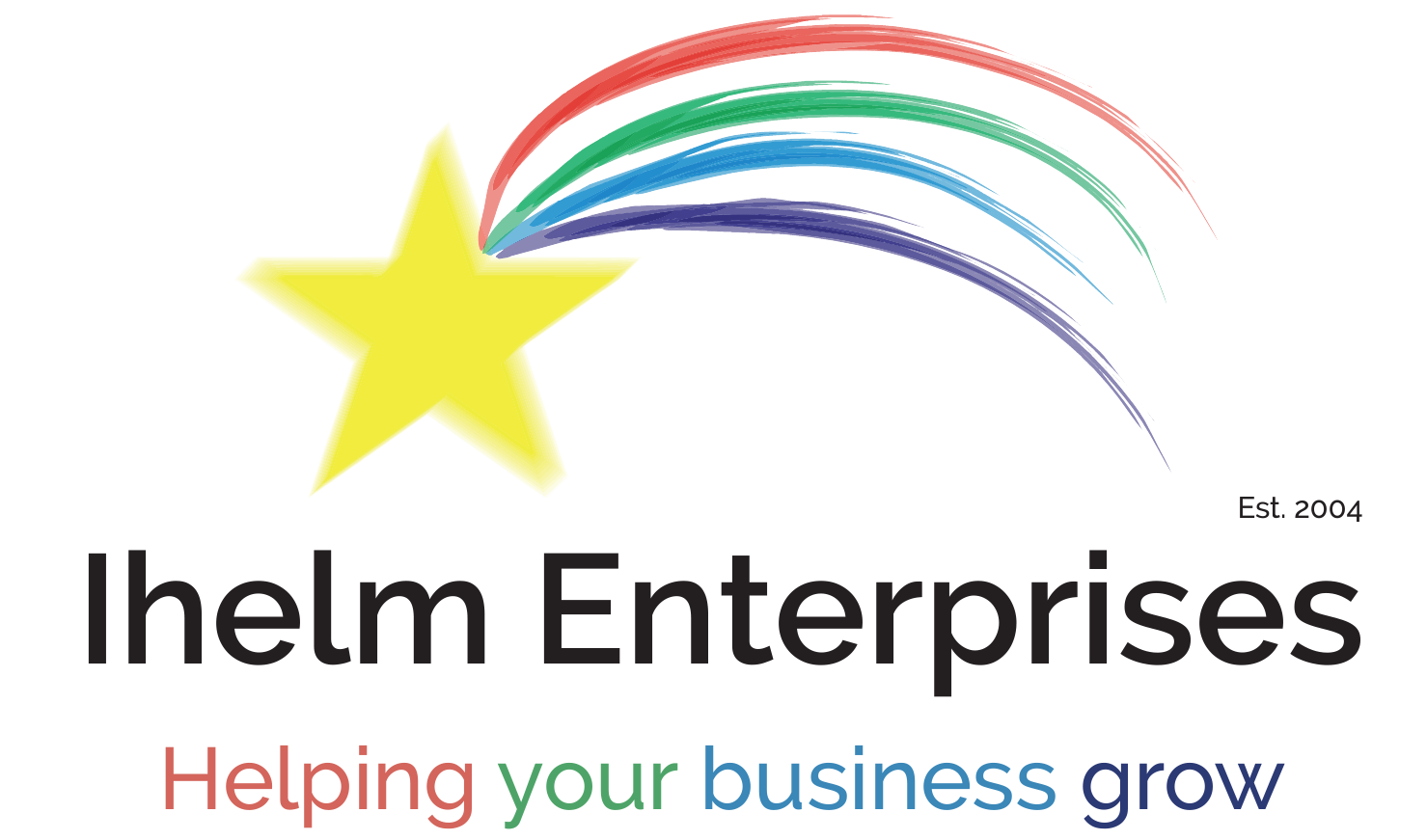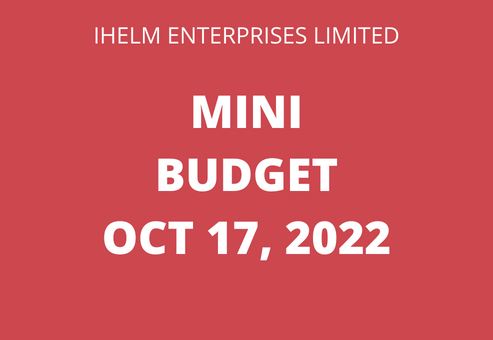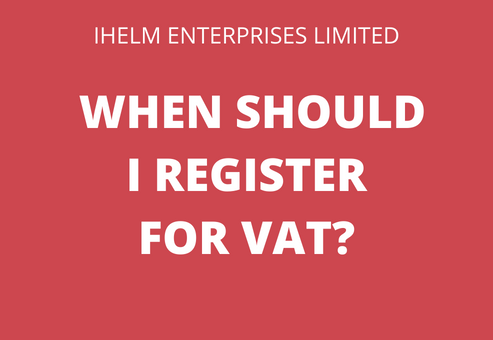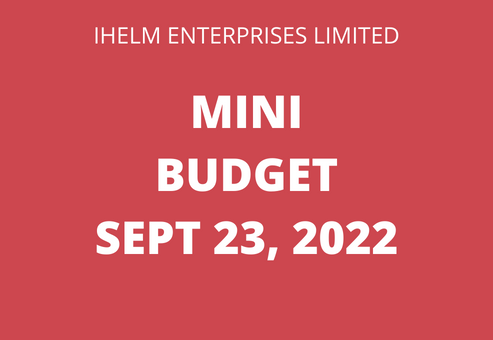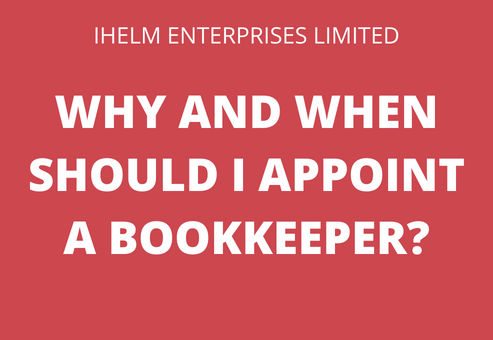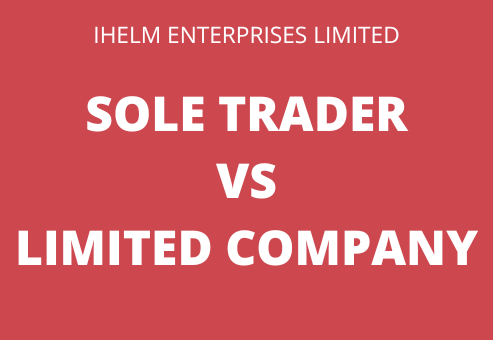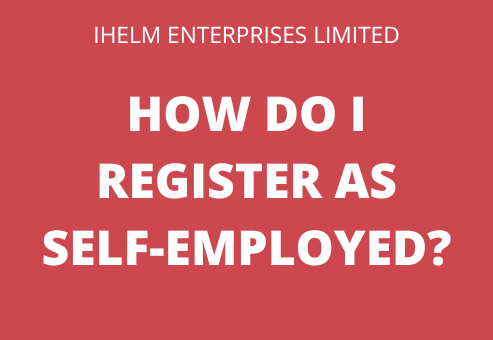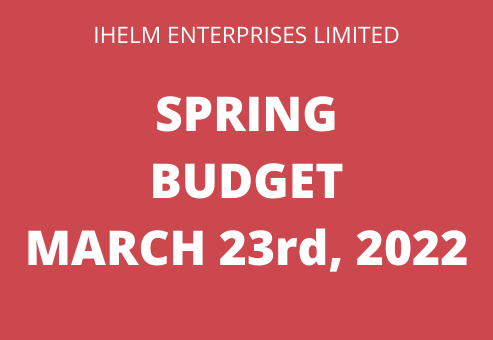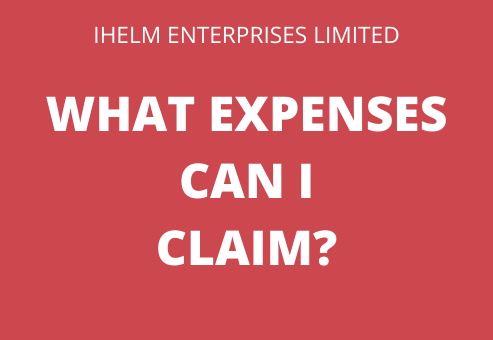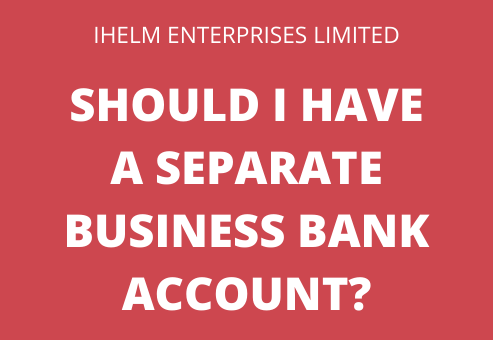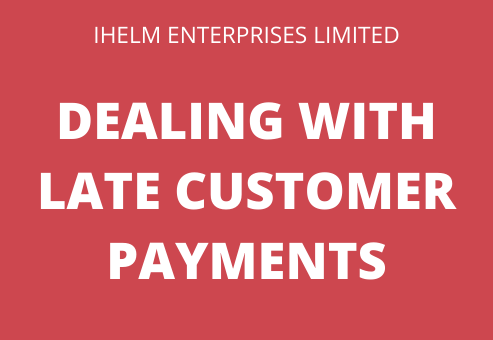Since the old Chancellor, Kwasi Kwarteng, was removed from the position last week, and the new Chancellor, Jeremy Hunt, was installed in the position, there have been several changes to the mini budget announced on Sept 23rd, 2022. Here are the changes that have now been announced. Anything in Bold highlights the announcements that have been changed.
- The Basic rate of income tax for those in England, Wales and Northern Ireland will be being lowered to 19% from April 2023 – has now been scrapped. The basic rate will stay at 20% indefinitely at this stage.
- The 45% higher rate of income tax, which is charged on incomes over £150,000 will be abolished for all those in England, Wales and Northern Ireland. It was announced on October 3rd, 2022 that this change has now been rescinded. There will continue to be a 45% higher rate of income tax.
- There will be one single higher rate of income tax of 40% from April 2023 for all those in England, Wales and Northern Ireland that earn over £50,270 a year. It was announced on October 3rd, 2022 that this change has now been rescinded. There will continue to be a 45% higher rate of income tax.
It is important to note that Scotland has different income tax bands, so the changes outlined in points 1 to 3 do not apply to them. - The National Insurance increase of 1.25 percentage points that was implemented in April 2022, will be removed from November 6th, 2022. This was applied to Class 1 NIC paid by employers and employees and Class 4 NIC paid by the self-employed. The amount of National Insurance paid by an individual is based on what their income is. For those who earn less than £12,570, they won’t see any benefit of this as National Insurance is not paid on any amounts under £12,570. As the amount of money earned increases, the benefit of the reduction in NI will increase. This also means that the planned Health and Social Care levy will also be cancelled. This change has been kept.
- The announcement about the increase for Corporation Tax from 19% to 25% in April 2023 being scrapped, has now been reversed. The rate of Corporation Tax will now increase to 25% in April 2023.
- The rules around IR35 will be simplified from April 2023. This will include removing the responsibility of businesses to determine a worker’s tax status. Employees will be able to determine their own tax status instead. This will now no longer be taking place and the current rules around IR35 will be retained.
- The freeze on alcohol duty has been lifted and will not be kept.
- New measures to help businesses with rising energy costs were announced on Wednesday, Sept 21, 2022. This includes a cap on costs per unit. All businesses, charities and public sector organisations who are on existing fixed price contracts agreed on or after April 1st, 2022, signing new fixed price contracts, are on deemed or out of contract or variable tariffs or are on flexible purchase or similar contracts will be eligible for the scheme. It will automatically be applied to your bills from October 1st, 2022 to March 31st, 2023. You can read more about this specific measure here: https://www.gov.uk/guidance/energy-bill-relief-scheme-help-for-businesses-and-other-non-domestic-customers.
You can read more about the changes to the mini-budget here: https://www.gov.uk/government/news/chancellor-brings-forward-further-medium-term-fiscal-plan-measures. As more information is released, I will update this blog post.
There is supposed to be a budget announced on October 31st, 2022. Once that has been announced and I have read through all of the information provided on the government website, I will share that information across my social media platforms and on the website.
